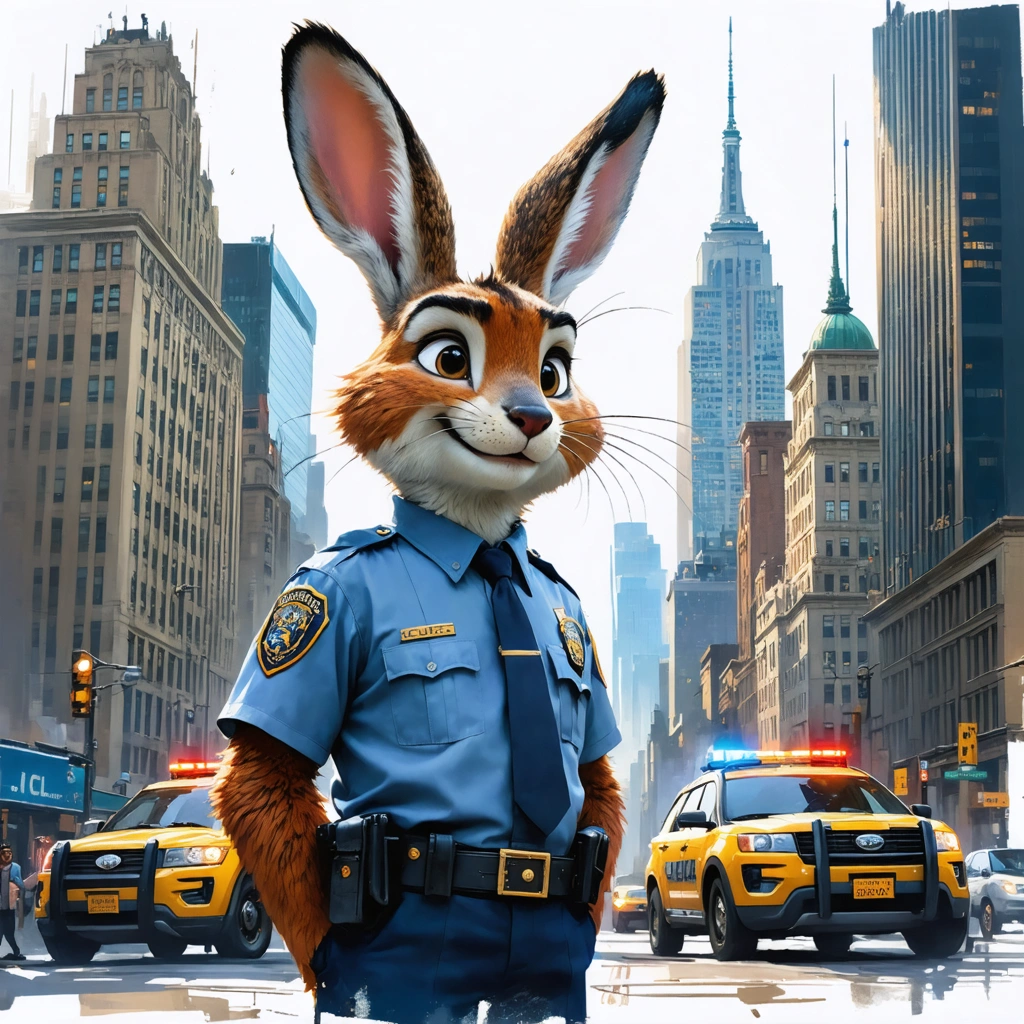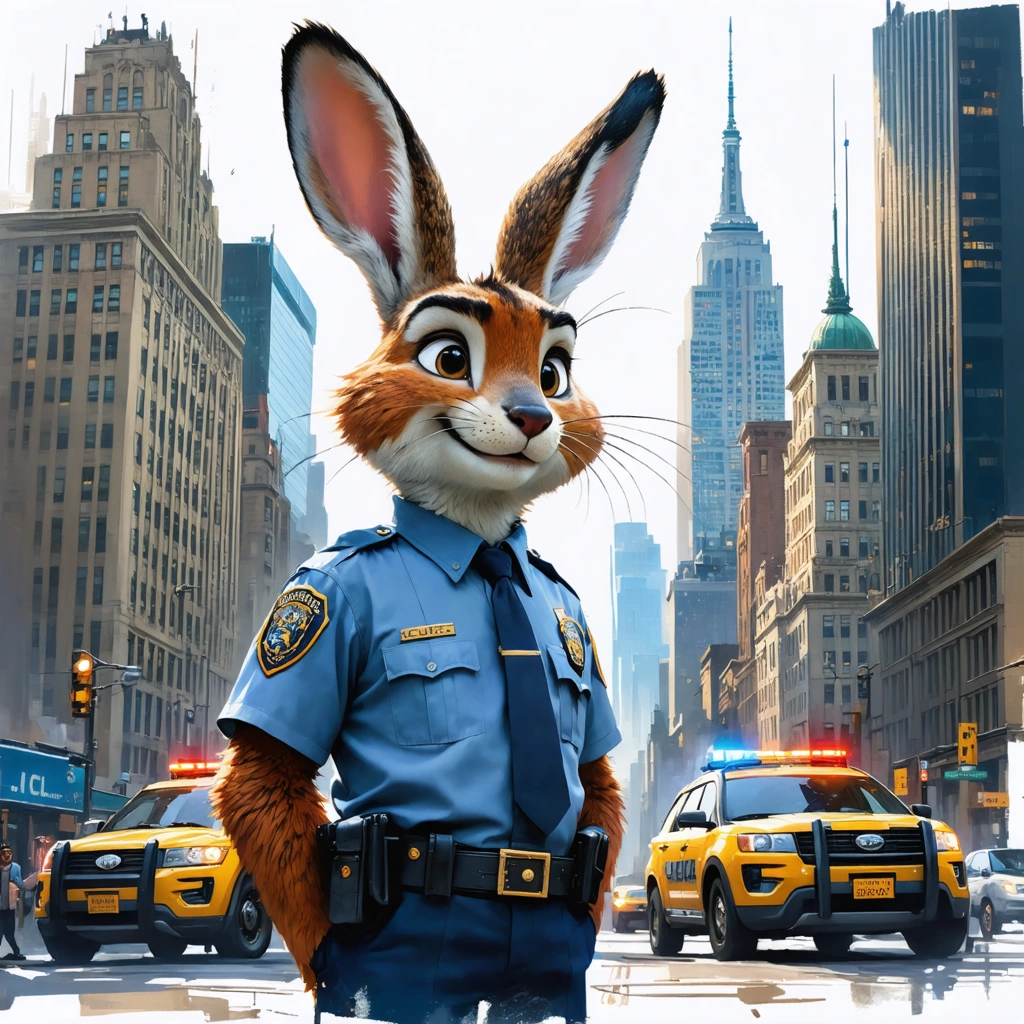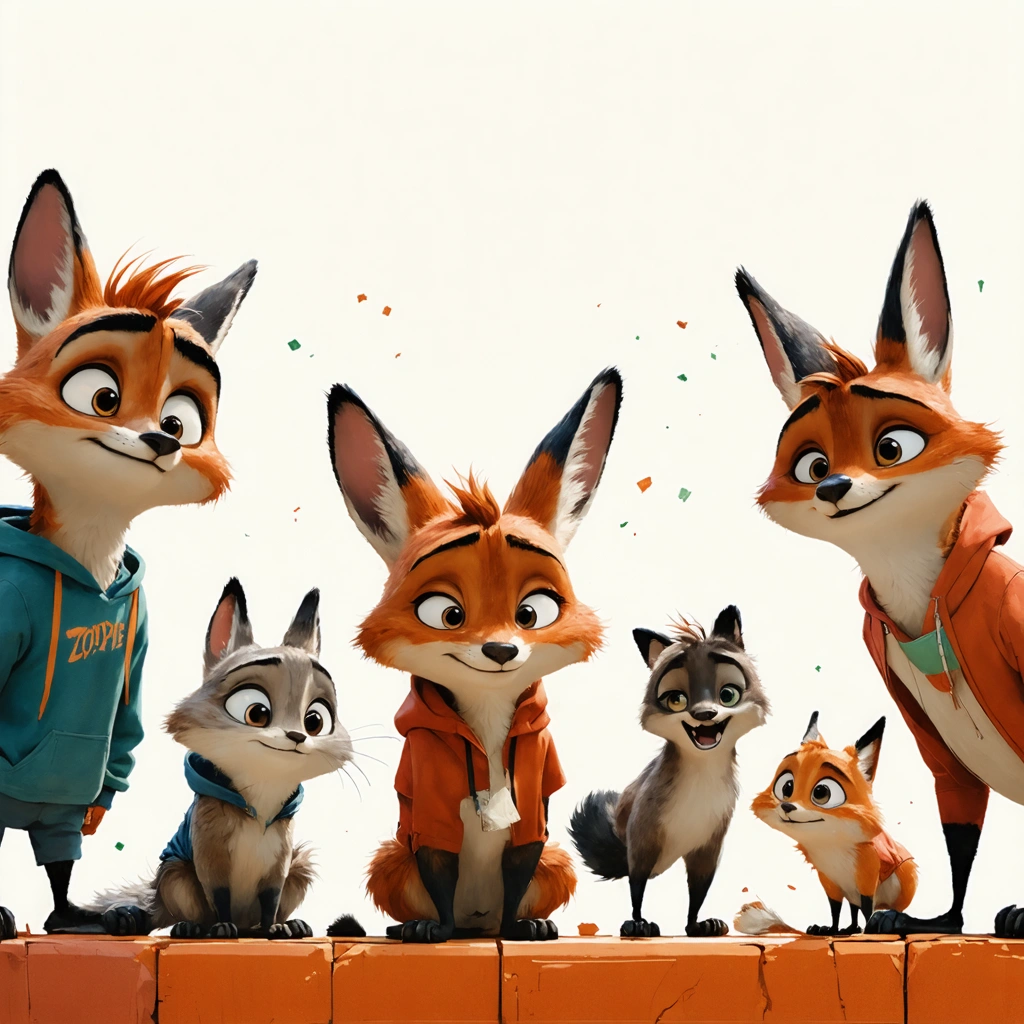
Stepping into a City Like No Other
Imagine a bustling metropolis where rabbits serve as police officers, foxes dodge stereotypes, and every corner teems with an array of animal characters—from towering elephants to tiny shrews—each bringing their unique quirks and challenges. Welcome to the world of Zootopia (or Zootopie, as it’s known in some regions), a dazzling animated city that’s more than just a backdrop for an entertaining story. It’s a mirror reflecting some of society’s most persistent issues, wrapped in an accessible, colorful package that appeals to children and adults alike.
But beneath its charming veneer lies a profound commentary on diversity and prejudice. Have you ever wondered why a city so diverse still harbors suspicion and fear? Or how stereotypes, even when unspoken, shape the behavior and opportunities of its inhabitants? Zootopia’s animal characters bring these questions to life in ways that are both heartwarming and unsettling.
When Diversity Isn’t Enough: The Hidden Struggles of Zootopia’s Animal Characters
It’s easy to celebrate diversity on the surface—different species living side by side in harmony. Yet, Zootopia reveals that coexistence alone doesn’t erase prejudice or systemic bias. The city’s bustling streets are filled with subtle tensions: predator versus prey dynamics that echo real-world historical divisions, and societal expectations that pigeonhole characters based on their species rather than their individual potential.
Take Judy Hopps, for example: a small-town rabbit with big dreams of becoming the first rabbit police officer in a city dominated by larger, more “intimidating” animals. Her journey isn’t just about breaking barriers; it’s about confronting the skepticism and outright discrimination that come with defying entrenched norms. Meanwhile, Nick Wilde, a sly fox, battles the stereotypes that paint him as untrustworthy simply because of his species. Their stories invite viewers to question how often we let preconceived notions dictate our interactions.
Statistics show that implicit biases persist even in the most progressive societies, influencing everything from job opportunities to social inclusion. Zootopia doesn’t shy away from this reality; instead, it places it front and center, using its animal characters to dramatize the everyday struggles faced by marginalized groups.
The Power of Storytelling: How Zootopie Engages and Educates
What makes Zootopia’s approach so compelling is its ability to weave a complex social satire into an engaging narrative that appeals across age groups. The film cleverly uses humor, suspense, and relatable character arcs to make difficult conversations about race, identity, and prejudice approachable. It’s not just a children’s movie—it’s a cultural touchstone that sparks dialogue.
By anthropomorphizing its characters, Zootopie invites viewers to see themselves reflected in a diverse cast, encouraging empathy and self-reflection. It challenges the audience to look beyond superficial differences and recognize shared hopes, fears, and dreams. In doing so, it offers a hopeful vision: that understanding and unity are possible, even in a world riddled with division.
- Relatable Conflict: The tension between predators and prey mirrors human social divides.
- Subtle Biases: Characters face prejudice not always overt but deeply ingrained.
- Breaking Stereotypes: Judy and Nick’s partnership defies societal expectations.
- Inclusive Worldbuilding: The city’s many neighborhoods reflect cultural diversity.
In this blog post, we’ll dive deep into how Zootopie’s vibrant world uses its animal characters to explore themes of diversity and prejudice. We’ll analyze the narrative techniques that make its social satire so effective, discuss the relevance of its messages in today’s society, and consider the lessons we can learn from this animated masterpiece. Whether you’re a fan of animation, a social justice advocate, or simply curious about how storytelling shapes cultural conversations, there’s something here for you.

Zootopia: Animated Social Satire Explored
What is the core message behind Zootopia’s vibrant world?
Zootopia, often spelled Zootopie in some regions, is much more than a colorful animated film. It’s a nuanced social satire that leverages its richly designed animal characters and diverse environments to explore complex themes such as diversity, prejudice, and social stereotypes. The film’s vibrant world is deliberately crafted to mirror human society, offering a compelling commentary on inclusion and the challenges of coexistence.
At its core, Zootopia uses its anthropomorphic animal characters to represent various social groups and the prejudices they face. This allegorical approach allows audiences of all ages to grasp the impact of bias and discrimination in a relatable, approachable way. The world-building — from the bustling metropolis divided into distinct districts like Sahara Square and Tundratown — emphasizes how diversity within a society can both enrich and complicate communal life.
How does Zootopia address diversity and prejudice through its animal characters?
Each animal character in Zootopia is carefully chosen to symbolize different societal roles and stereotypes. For instance, predators and prey have historically been at odds, reflecting real-world tensions between different social or ethnic groups. The film cleverly subverts expectations by portraying Judy Hopps, a small rabbit, as a determined police officer, challenging the stereotype that rabbits are timid or weak.
The use of animal characters allows the film to dramatize issues of prejudice in a non-threatening, imaginative way. This strategy fosters empathy and encourages viewers to question their own biases. The interactions between characters demonstrate how prejudice can arise from fear and misunderstanding, but also how trust and cooperation can overcome these barriers.
- Predator-prey dynamics: symbolize historic social conflicts and mistrust.
- Judy Hopps’ role: challenges societal expectations and promotes perseverance.
- Nick Wilde’s character: illustrates the impact of stereotyping on personal identity and opportunity.
Why is Zootopia considered a successful example of animated social satire?
Zootopia stands out because it balances entertainment with a powerful social message. According to a 2016 report by Box Office Mojo, the film grossed over $1 billion worldwide, demonstrating its widespread appeal. This commercial success underscores how audiences are receptive to films that thoughtfully engage with social issues.
The film’s ability to weave humor, mystery, and action with meaningful commentary on real-world issues makes it a model for animated social satire. It educates viewers about the consequences of prejudice without becoming didactic or overly simplistic, making it accessible for both children and adults.
What lessons can audiences learn from Zootopia about diversity and inclusion?
Zootopia encourages viewers to:
- Recognize and challenge their own biases and prejudices.
- Understand the complexity and richness that diversity brings to a community.
- Appreciate the value of empathy and open-mindedness in overcoming societal divisions.
- Realize that stereotypes can limit individual potential and societal harmony.
By portraying a world where animal characters from vastly different backgrounds learn to collaborate, Zootopia champions the idea that diversity is not a challenge to be feared but an asset to be embraced.
How does Zootopia’s portrayal of social issues compare to real-life social dynamics?
While the film is fictional, its representation of social dynamics is grounded in real-world psychology and sociology. Studies show that implicit bias and stereotyping influence many aspects of human interaction, from workplace opportunities to law enforcement. Zootopia dramatizes these issues through the lens of its animal characters, making abstract social science concepts tangible and emotionally resonant.
For example, the film’s depiction of “prey” as a marginalized group echoes historical and contemporary struggles against discrimination faced by minority groups worldwide. The storyline shows how fearmongering and misinformation can exacerbate social divides—a reflection of societal challenges such as racial profiling and xenophobia.
In what ways can educators and parents use Zootopia to discuss important social themes?
Zootopia provides a rich resource for initiating conversations about diversity, inclusion, and the dangers of prejudice with younger audiences. Educators and parents can use the film to:
- Facilitate discussions on empathy by analyzing the motivations and backgrounds of different animal characters.
- Encourage critical thinking about stereotypes and how they affect real people.
- Promote activities that celebrate diversity, inspired by the film’s varied animal communities.
- Highlight the importance of standing up against discrimination, as modeled by Judy Hopps’ journey.
By contextualizing the film’s themes, adults can help children develop social awareness and emotional intelligence, equipping them to navigate and contribute positively to diverse societies.


